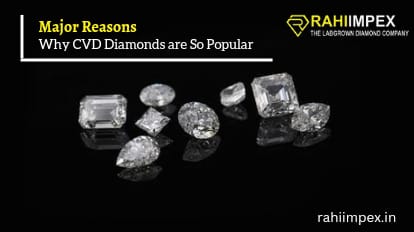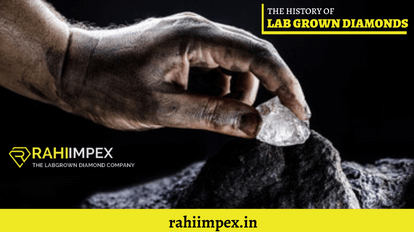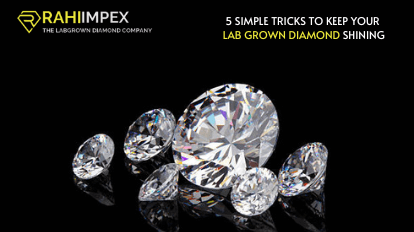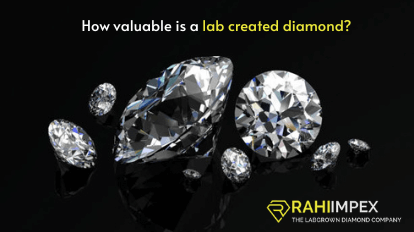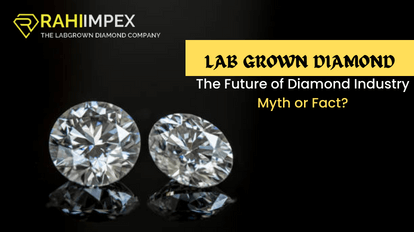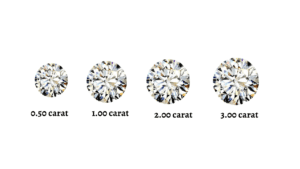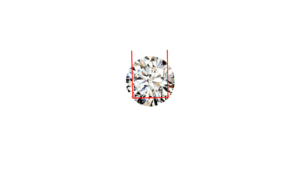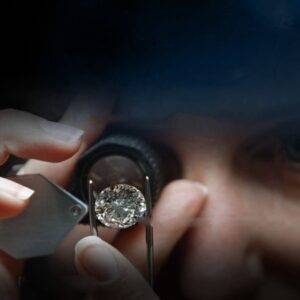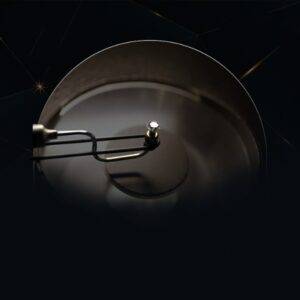Major Reasons Why CVD Diamonds are So Popular
Home » Rahi impex »
Most people who want to add some sparkle to their lives choose diamonds. In recent years, however, CVD (chemical vapor deposition) has become very popular because it provides diamond jewelry at significantly lower prices than regular mined stones. What is CVD, and why do people prefer it over other types of diamonds?
Chemical Vapor Deposition (CVD)
CVD diamond manufacturer in Mumbai produces high-quality diamonds at low costs. Many jewelers prefer CVD to other forms of manufacturing because they get consistent results and can easily control the quality of the final product.
Several types of diamonds are created using chemical vapor deposition (CVD). Single crystal growth and polycrystalline growth are the two main methods of creating CVD diamonds. Both processes rely on depositing carbon atoms into the diamond lattice structure.
The difference between them lies in the size of the crystals formed. Single crystal growth produces larger diamonds than polycrystalline growth. However, the latter tends to produce better quality stones.
Additionally, because the CVD process occurs under extreme heat and pressure, the temperature required to create CVD diamonds can reach over 2000 degrees Celsius. Because of the extreme conditions involved, CVD diamonds tend to be much harder than other forms of mined diamonds.
What makes CVD diamonds so popular?
CVD diamonds (colorless/vivid diamonds) are becoming very popular due to their unique characteristics. The reasons for this are varied but include improved gemological characteristics such as brilliance, fire, scintillation, and light efficiency.
They also tend to be less affected by natural blemishes or other imperfections. In addition to these traits, they also offer various uses.
Diamonds aren’t always expensive. However, when purchasing diamond jewelry, you should look at the quality of the diamond rather than its price tag. The term ‘certified’ means that the diamond has passed rigorous tests and certification procedures before being released onto the market. CVD (chemical vapor deposition) is one method to create diamonds from scratch. This process creates amazing gemstones often far superior to those found naturally.
CVD diamonds manufacturer in India is known worldwide for the finest and purest type of diamond. They are highly sought after because they offer both brilliance and fire.
Why CVD diamond is your most popular friend?
A large percentage of the world’s rough diamonds are mined and sold using the CVD method. This technique involves removing impurities from the surface of the diamonds through chemical treatments. CVD diamond manufacturers in Surat tend to have higher quality levels than conventional diamonds.
They are popular because they are small, affordable, lightweight, and easy to wear. They don’t take up much space in your jewelry box or pocket. You can always keep them with you without being worried about losing them. You will never go wrong if you own one.
Other reasons for their popularity is due to their durability and attractiveness. Moreover, they are easy to clean and maintain. They are also quite hard and resistant to heat and corrosion, so they are used for cutting tools, jewelry, etc.
Also they are a symbol of wealth, stability, and longevity. They also look good in any jewelry setting.
CVD diamond companies in India are becoming increasingly popular because their products are hypoallergenic compared to other diamond types.
Benefits of CVD diamonds over natural diamonds
CVD (chemical vapor deposition) is a manufacturing process where a thin layer of material is deposited on a substrate using chemical reactions. This process allows manufacturers to create complex shapes or structures, such as those in computer chips and solar panels.
CVD diamonds offer several benefits over mined gemstones, such as their hardness and durability. They also come at a lower cost due to their high production volumes. There are three main advantages to choosing CVD diamonds over mined stones: low cost, hypo-allergenicity, and enhanced optical properties.
Several CVD diamond manufacturers in Mumbai offer CVD diamond production services. They differ mainly in terms of the size of the finished gemstone. For example, some produce stones weighing less than 1 carat, while other manufacturers offer larger stones ranging between 2 and 50 carats.
Why is CVD diamond gaining popularity as a jewelry and investment option?
There are several reasons why CVD diamond jewelry has become so popular over the years. Some of them are listed below:
✔ CVD diamonds are becoming very popular because they provide better value than regular diamonds. What are some other reasons why these gems are so attractive?
✔ CVD (chemical vapor deposition) diamonds are created through a special manufacturing method. These diamonds are also high-pressure high temperature (HPHT) or ultra-high-pressure high temperature (UHPT). They are the hardest gemstones and are often called “white gold” due to their luxurious appearance. Because of their unique properties, they are considered the most valuable diamond variety today.
✔ Many consumers prefer CVD diamond manufacturers in Hongkong because they offer excellent performance across multiple facets – from cut to fire. This makes them ideal for jewelry applications, where light refraction and scattering affect the visual appeal.
✔ Because of their low markup, CVD diamonds cost less than other types of diamonds. In addition, you can purchase them at a much higher volume. As a result, CVD diamonds are gaining popularity among investors looking to diversify their portfolios.
✔ You might choose to invest in these precious stones because they offer a safe means of saving and investing. The long-term returns from a diamond investment are also high.
Buy CVD diamonds today!
Major Reasons Why CVD Diamonds are So Popular Read More »
